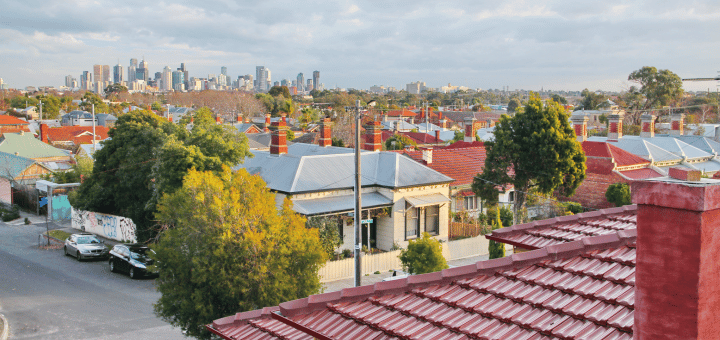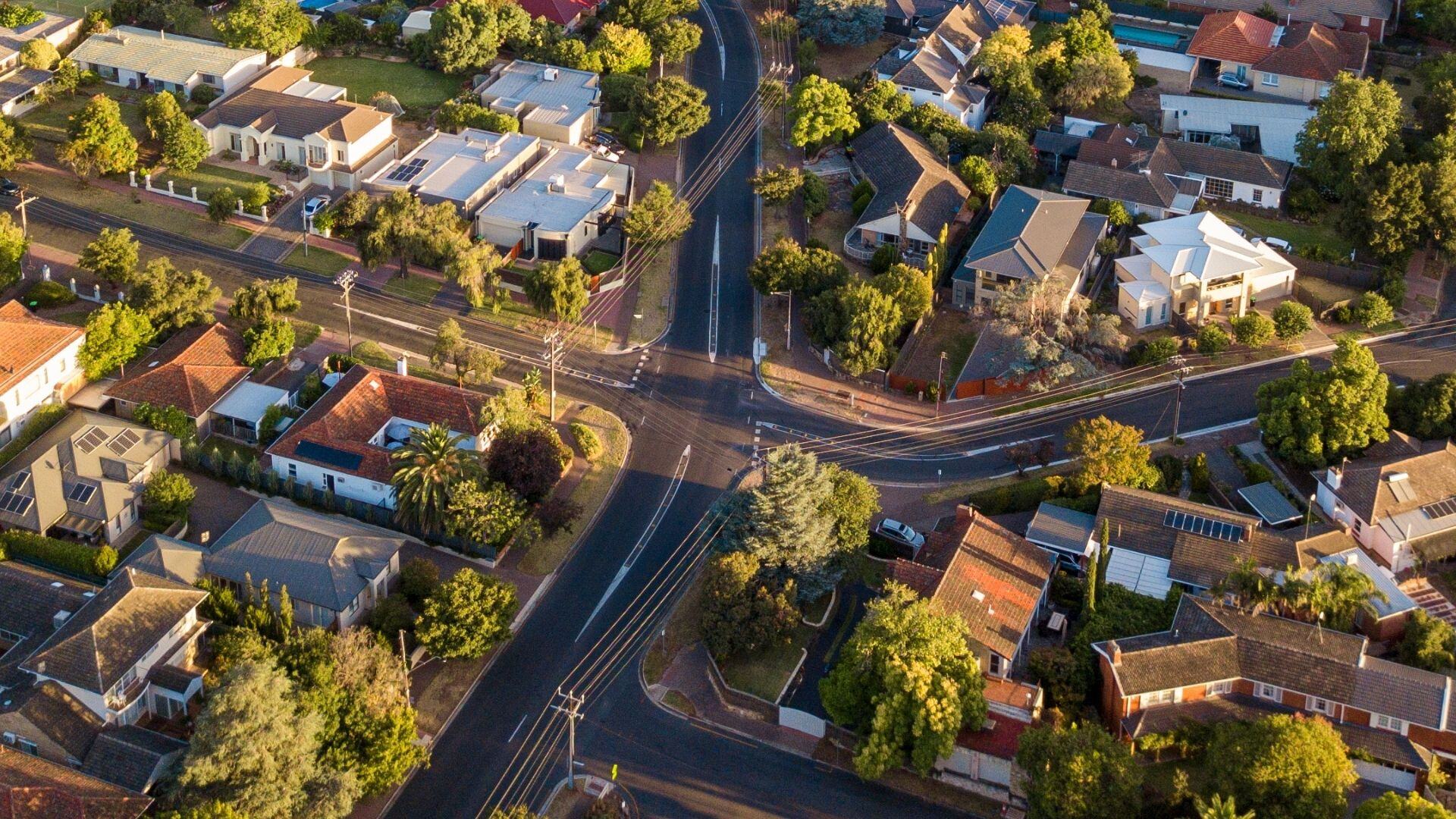We’ve written a lot about housing stress recently, and understanding the numbers of households spending too much on their mortgage and rental payments. There are a number of drivers of housing stress, one of which is the price points of sales and rental listings being supplied by your local housing market. Understanding the pricing points in the private market is vital for understanding why housing affordability may be an issue in your area. In today’s blog, Georgia shares how you can quantify the affordable supply in your local area.
Interested in hearing how our housing team could assist your Council? Book a time to meet with our team here.
How do you know if your local housing market is providing affordable housing options for households on the lowest incomes? We’ve heard that this is a pain point for many Councils across Australia. Many want to have access to this sort of information to assist in their advocacy activities, and for negotiating with developers – showing that affordable supply is limited and asking for a contribution of affordable dwellings is a valid request.
Median house and unit prices, and median rents are potentially an answer to this question, but they don’t give you an idea of the number of listings at a given price point, and often the median housing costs are not affordable for lower-income households.
So what are the other options?
It’s not all bad news though – there is data available that you can add to your evidence base around the supply in the private housing market. We’ve recently been working with Hometrack (part of the REA Group) to develop a way to measure the quantity of affordable supply in a given area.
It starts with a few simple calculations. How much can the income group you’re interested in afford to spend on a house purchase? You can either do this yourself, or there are plenty of online mortgage calculators that can help. For example, if you look at Low-income households in Greater Sydney, as defined by Family and Community Services, they can comfortably afford a property purchase of $429,000. But how many sales were under this amount in the past year? Through partnering with Hometrack, .id are able to access the list of sales that occurred in your local area over the past 12 months, and quantify the number of sales under $429,000 for example.
So how did affordable sales supply look like in Greater Sydney in 2018? Not great is the simple answer. Fewer than one in five sales would have been affordable for a household with a moderate income.
Of course, there are local nuances in the supply of affordable sales, with some areas providing a higher supply than others. Areas in Greater Sydney with higher levels of affordable supply are generally the outer growth areas, such as Camden, Campbelltown and Penrith – however affordable supply for moderate-income households only raises to one in three sales.
What about renters?
I’m glad you asked! Renters are the most vulnerable group in the private housing market, especially those on lower incomes. Again, we’ve heard from numerous Councils that accessing data around rental supply is really difficult.
The good news is that the same analysis outlined above for sales is available for rental listings. Again it starts with calculating how much the income group you’re interested in can spend on rent per week. Looking at Greater Melbourne this time, and the income brackets outlined in the Planning and Environment Act, a low-income household could afford to spend $396 per week on rent. Again, through our partnership with Hometrack, we are able to access the rental listings that occurred in your local area over the past 12 months and quantify the number of rental listings that were under $396 per week.
Looking at affordable rental supply in Greater Melbourne in 2018, we can see that there are very few listings available for very low-income households. This puts significant financial pressure on these households, and also the social housing system.
Again there are local nuances in the supply of affordable rentals. The outer suburban areas again feature in the more affordable areas, however, areas such as Maribyrnong and Dandenong also feature, especially for supply affordable for very low-income households.
If you’d like to see how this data looks for a Local Government area, jump onto one of our housing.id sites, or if you’d like to get access to this data for your Council, book a time to chat with us here.









